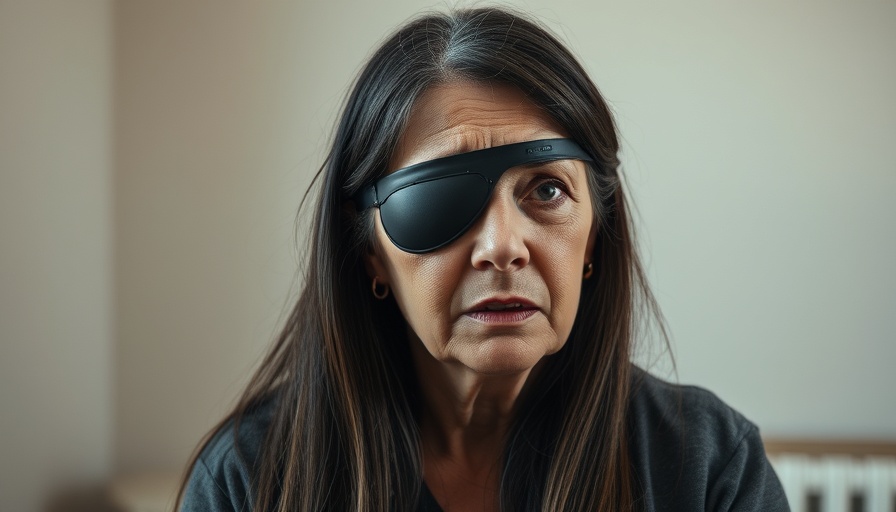
Deadly consequences of unregulated beauty treatments
Kaylie Bailey’s harrowing story is a cautionary tale that exposes the dark underbelly of beauty treatments—especially when they are not administered by qualified professionals. After receiving three "Botox" injections from an unlicensed beautician, she found herself battling for her life, suffering from botulism, a condition so rare that most doctors may never encounter it in their lifetime. The thrill of achieving a smooth complexion is overshadowed by the tragic outcomes of dubious treatments.
The rise of illegal beauticians in the UK
The market for non-surgical treatments in the UK has ballooned, with an estimated 492,000 treatments carried out in 2020 alone. As this industry surges, so does the danger of unqualified practitioners capitalizing on eager consumers seeking the latest beauty trends. Gemma Gray's tragic case hints at a systemic failure in regulating these practices. While patients like Bailey claimed to be shocked, the allure of deals that slashed prices by half has too often clouded judgment. After all, how could a bargain price signal such peril?
Impact of botulism: more common than you think
Botulism may seem distant for most, but incidents like these bring its dangers into stark relief. Victims can experience symptoms ranging from double vision to paralysis. In cases of improper cosmetic use, the consequences aren't just cosmetic. As reported, 28 people in the northeast of England ended up suffering from such botulinum toxicity. Many, like Bailey, faced not only medical emergencies but long-term effects, including PTSD from the experience and potential vision issues.
Why consumers must demand better regulation
The failure here isn't simply a case of bad practice—it's a regulatory gap. Lucy Farnham, a health advocate, points out that existing regulations do not adequately cover non-surgical cosmetic treatments, allowing for unlicensed and untrained individuals to operate without oversight. This begs the question: when will the UK government step up and implement stricter licensing requirements? How many more lives must be put at risk before preventive measures are taken?
Call for accountability in the beauty industry
With beauticians like Gray doing irreparable damage, accountability is paramount. Shouldn't those who mislead their clients face severe penalties? Bailey's angry declaration that Gray was “doing that to people” resonates deeply. Rather than an isolated incident, this reflects a broader issue within a burgeoning beauty sector where ethical standards seem lax.
The emotional toll of risky beauty treatments
Beyond the physical repercussions lies an emotional saga. For Bailey, a mother of three, the aftermath isn’t just the physical healing; it’s the psychological scar that comes with feeling violated by a supposedly harmless treatment. The patch she now wears serves as a painful reminder of her gamble with beauty. For many individuals seeking aesthetic enhancements, the mental toll can be as debilitating as any physical illness.
Taking action for safer beauty treatments
Consumers can no longer afford to be complacent. Researching practitioners, demanding transparency about products, and insight into working methods is necessary to safeguard their well-being. It's crucial that anyone contemplating aesthetic procedures stay informed. Verifying that practitioners hold the required credentials could mean the difference between a transformative experience and a traumatic ordeal.
 Add Row
Add Row  Add
Add 




Write A Comment